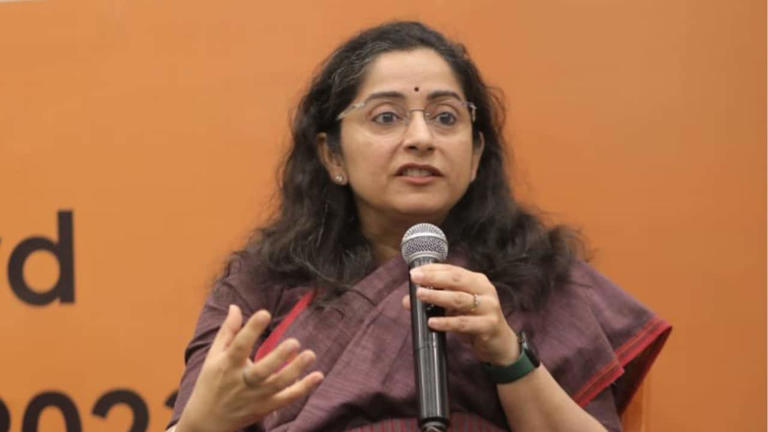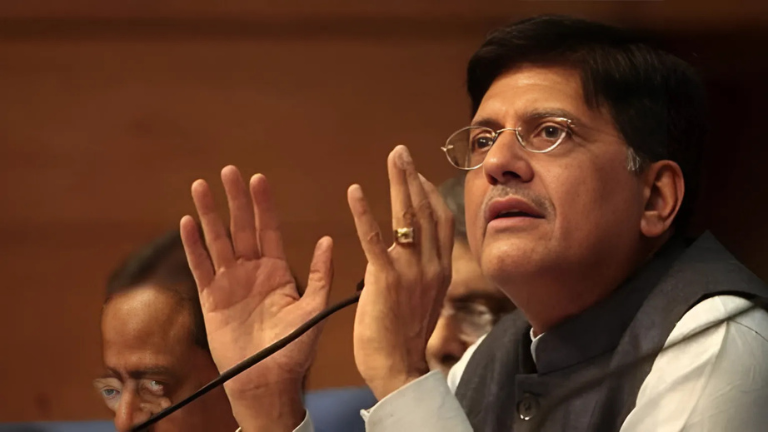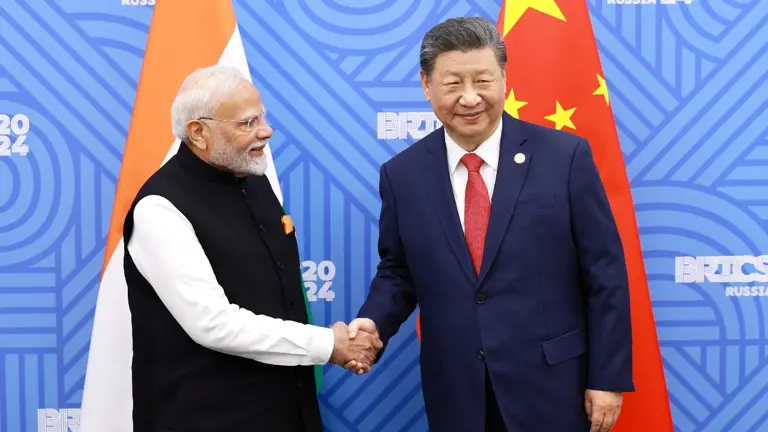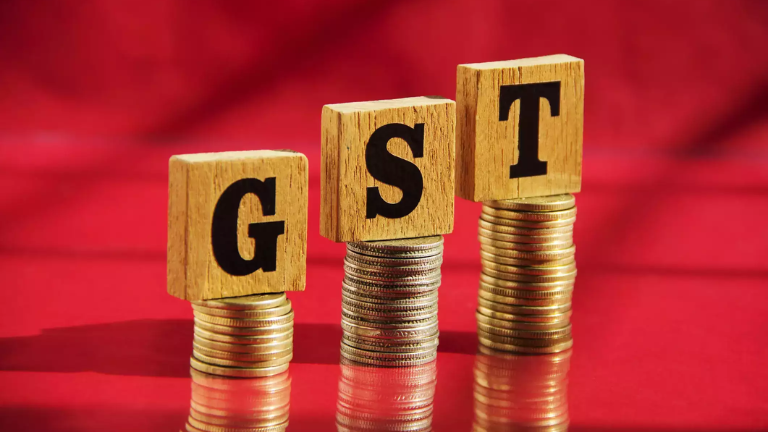Trump’s Tariff Threats Present an Opportunity for India, But Excessive Protectionism Could Harm Growth: Shamika Ravi
With the April 2 deadline for reciprocal tariffs on India set by former U.S. President Donald Trump fast approaching, uncertainty looms over what Trump’s Tariff Threats might entail. Given the stark differences in trade profiles between the two nations, the impact of such tariffs remains unclear.
India’s top imports from the U.S. include mineral fuels, oils, nuclear reactors, pearls, stones, and electrical machinery, whereas its major exports to the U.S. consist of textiles, marine products, pharmaceuticals, gems, jewelry, and electronics. This imbalance in trade composition makes the concept of “reciprocal tariffs” ambiguous, raising concerns over potential economic fallout.
According to a Citi Research report, potential annual losses due to Trump’s Tariff Threats could amount to $7 billion, with the auto and agriculture sectors expected to be the hardest hit. While Indian policymakers and trade negotiators strategize their next steps, political opposition has intensified, with concerns about whether Indian farmers and manufacturers will be compromised in the tariff negotiations.
However, Dr. Shamika Ravi, Member of the Prime Minister’s Economic Advisory Council, believes that this situation presents an opportunity rather than a crisis. In an interview with Moneycontrol, she explained that lowering tariffs and reforming trade policies could enhance India’s competitiveness and drive long-term growth. Trump’s Tariff Threats could reshape global trade dynamics, forcing India to rethink its economic strategy.
Tariff Reforms: A Window of Opportunity for India
Rather than viewing Trump’s Tariff Threats as a setback, Ravi sees them as an opportunity for India to re-evaluate its trade policies. She argues that a fresh approach to trade should focus not just on boosting competitiveness but also on supporting emerging industries, particularly in the technology and startup ecosystem.
🔹 Shamika Ravi’s perspective:
“I think the current situation is a window of opportunity to lower tariffs and see what reforms are needed in trade for it to directly feed into growth.”
She emphasized that many new-age Indian startups have the potential to expand beyond domestic markets and scale internationally. However, this requires a shift from protectionist policies to an approach that encourages global competitiveness. While Trump’s Tariff Threats pose challenges, they also offer India a chance to enhance its global competitiveness.
How Trump’s Tariff Threats Impact China and India?
Trump’s Tariff Threats are not exclusive to India—China has also been subjected to significant tariff hikes. In February 2024, Trump imposed 10% tariffs on all imports from China, later raising them to 20%.
Interestingly, this pressure has led China to reduce its own protectionist policies in recent months.
🔹 Shamika Ravi’s analysis:
“In the last four months, China has removed many of its protectionist measures. If you look at data over the past 5-6 years, India has been liberalizing its markets. In contrast, the U.S., China, and Germany have adopted more protectionist policies in recent years. But India, in that sense, is more like Japan—we are steadily liberalizing. Trade for us is one of the components that feeds into growth.”
This underscores a crucial distinction: While global superpowers are turning inward, India is steadily opening its markets. However, Ravi warns that inconsistent trade policies, such as imposing and rolling back tariffs within short time frames, could hurt India’s credibility on the global stage.
Balancing Tariff Reductions with Trade Agreements
India is currently negotiating several major trade agreements, including a free trade agreement (FTA) with the European Union (EU). Ravi suggests that India must carefully calibrate its response to Trump’s Tariff Threats, keeping in mind the larger global trade landscape.
🔹 Key trade considerations:
✔️ Calibrated tariff adjustments instead of knee-jerk reactions.
✔️ Weighing the impact of China’s tariff struggles before making policy decisions.
✔️ Focusing on long-term trade agreements like the EU FTA rather than reacting solely to U.S. policies.
This measured approach would ensure that India’s trade policies remain stable and growth-focused, rather than reactionary.
Why Protectionism Can Hurt India’s Growth?
While India has historically been one of the most open economies, it still maintains high tariff barriers in certain sectors.
📌 Examples of open sectors:
✔️ Banking: Up to 74% Foreign Direct Investment (FDI) allowed.
✔️ Defence: Up to 100% FDI (49% through automatic approval, 49% through government approval).
However, high tariffs in other industries could hurt India’s global competitiveness. Ravi argues that instead of protecting domestic markets through restrictive policies, India should focus on enabling the manufacturing of world-class products.
🔹 Shamika Ravi on India’s tariff barriers:
“We have to bring in all measures to raise the competitiveness of our markets. Many sectors in our economy have enjoyed protection for some time. But in most markets, protectionism is targeted towards exports, often through subsidies. In India, we have created protective markets rather than targeting global expansion.”
This contrast in approach is crucial. Many countries support domestic industries through export subsidies and investments in quality improvement, helping them produce world-class goods. In contrast, India’s protectionist policies create barriers rather than fostering global expansion.
💡 Key takeaway: India must shift its trade policy focus from protectionism to global market expansion.
The Private Sector’s Role in Enhancing Competitiveness
Some industries in India, particularly in automobiles and electric vehicles (EVs), have benefited from government protection. However, Ravi warns that too much protection without sufficient competition could be detrimental to long-term growth.
🔹 On the private sector’s demand for protection:
“Our national champions, the public sector units, have played a major role in areas like banking and connectivity. But when we talk about industries like automobiles, we have to foster more competition rather than rely on protectionism.”
💡 Example: The EV Sector
✔️ Despite government protection, the EV sector remains dependent on government contracts.
✔️ 2024 sales: 1.9 million EVs, up from 1.5 million in 2023.
✔️ However, growth has slowed to 24.5%, compared to 50% growth in 2022-23.
This slowdown highlights the long-term consequences of over-reliance on government protection rather than fostering a globally competitive industry.
🔹 Ravi’s final warning:
“There is an opportunity cost when a nation protects substandard products for too long—the consumers end up paying the price. We need a trade policy that feeds into India’s long-term growth, not one that focuses solely on protectionism.”
If India responds wisely to Trump’s Tariff Threats, it could emerge stronger in international trade negotiations.
Final Thoughts: A Defining Moment for India’s Trade Policy
With Trump’s Tariff Threats looming, India stands at a crucial juncture. While protectionism may seem like an easy solution, excessive reliance on high tariffs and market restrictions could hinder long-term growth.
🔹 What India needs to do:
✔️ Lower tariffs selectively to enhance global competitiveness.
✔️ Encourage private sector investment in global markets.
✔️ Move away from protectionist barriers and focus on exports.
✔️ Negotiate long-term trade agreements like the EU FTA.
🚨 With global trade shifting rapidly, can India seize this moment to emerge as a global leader, or will excessive protectionism slow down its growth? 💭







